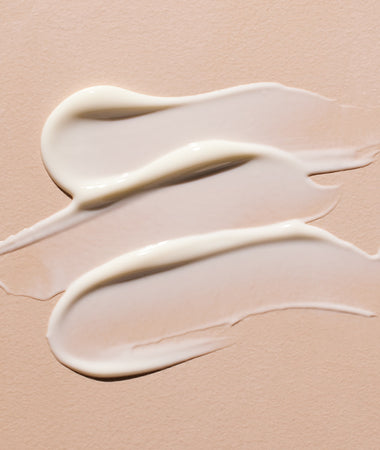
Protecting Your Baby's Skin In The Winter
Colds, rhinitis, coughs, dry skin... During the fall and winter months, cold temperatures, wind, and dry air assault your baby and can lead to many a problem. Learn how to prevent these complications from arising, and how to grant your baby relief when they do!
WHAT IS A COLD?
Colds are a contagious viral infection that affects the respiratory tract. In most cases, the infection wanes on its own after a few days (4-10 days).
Newborns can contract up to 8 colds a year, since their defense mechanisms are still immature. But every time a baby catches a cold, the baby’s immunity builds and he is better able to fight off the many viruses that surround him.
The symptoms of a cold are as follows:
- Stuffy or runny nose
- Sneezing
- Coughing
- The child is fretful, not eating well, and not sleeping well
- Fever, in some cases
- Vomiting, in some cases
If your baby has these symptoms, consult your doctor.
PREVENTING INFECTION
During periods in which colds and rhinitus are particularly virulent, observing a few simple personal hygiene rules will help limit the risks of your baby becoming infected:
- Wash your hands with soap and water before and after caring for your baby.
- Avoid exchanging toys, pacifiers and bottles with other infants.
- Make sure that your baby does not come into contact with people with colds. If you yourself have a cold, do not kiss your baby on the face.
- Do not smoke in the baby’s living space.
- Air out your baby’s room and make sure that the temperature does not exceed 19°C (66°F).
Also, remember that breastfeeding protects your baby from viruses by transferring the mom’s antibodies to him.
PROVIDING RELIEF TO YOUR BABY WITH A COLD
Your baby has a cold. Here are a few simple things you can do to soothe your baby while waiting for him to recover:
- Clean his nose with saline 2 to 3 times a day, preferably before meals, naps, and bedtime. This can be done as follows:
- Lay your baby down on his back, with his head to the side.
- Pour the saline into the higher of his two nostrils.
- The saline will drain out the other nostril. Wipe his nose and repeat, starting this time from the other nostril.
- Finish by removing mucus with a nasal aspirator, if you think this step is necessary.
- Make sure your baby is drinking regularly, particularly if he has a fever; it is very important that he not become dehydrated. If you are breastfeeding your baby, give him the chance to feed often.
- To help your baby breathe easier, lift his head slightly from his mattress by placing a small pillow under the head of the mattress.
- Do not hesitate to put your baby to bed as soon as the first signs of fatigue appear.
These measures are all necessary, albeit unpleasant for your baby. To help calm and comfort your baby, you can gently massage his chest with a hydrating and purifying balm designed to help clear up the respiratory tract. Be sure to choose a balm that is appropriate for your baby, free of terpenes (camphor, menthol and eucalyptus), which are potentially toxic substances and banned is some countries from cosmetic products intended for children under 36 months of age (recommendations provided by the AFSSAPS*).
*French health safety agency for healthcare products
SOOTHING DRY SKIN
The cold temperatures and dry air of winter can easily disturb the fragile balance of your baby’s skin, which often times starts to show signs of increased dryness, becoming rough and bumpy. To limit the risks of dry skin and to help your baby’s skin become soft and supple again, adopt these everyday skincare habits :
Wash your baby with your hands instead of with a washcloth, taking care not to rub the skin too much.
Use an extra rich, soap-free cleansing gel specifically formulated to protect dry skin from the drying effects of hard water.
Do not let water naturally evaporate off of your baby’s skin; after each bath, dry your baby, without rubbing, with a 100% cotton towel.
After the wash, hydrate your baby’s face and body with an extra nourishing care product.
Use cotton underwear instead of wool or synthetic fabrics, which are irritating to the skin, and do not use too much detergent in your washing machines.
- reg.
- $18.00
- Sale price
-
$18.00
- reg.
-
reg. $18.00
- Unit price
- /per
- reg.
- $22.00
- Sale price
-
$22.00
- reg.
-
reg.
- Unit price
- /per
Suggested Articles

The Characteristics Of Your Baby's Sleep

The Secret Of Baby Skin

Carrying Your Baby: The Right Way To Do It And Different Ways
Get tips, news
and exclusive offers







